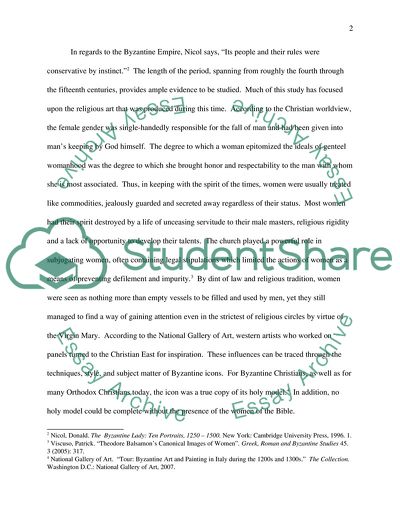Cite this document
(Marriage and Its Implications in the Byzantine Era Essay, n.d.)
Marriage and Its Implications in the Byzantine Era Essay. https://studentshare.org/history/1707463-marriage-and-its-implications-of-power-for-byzantine-ladies
Marriage and Its Implications in the Byzantine Era Essay. https://studentshare.org/history/1707463-marriage-and-its-implications-of-power-for-byzantine-ladies
(Marriage and Its Implications in the Byzantine Era Essay)
Marriage and Its Implications in the Byzantine Era Essay. https://studentshare.org/history/1707463-marriage-and-its-implications-of-power-for-byzantine-ladies.
Marriage and Its Implications in the Byzantine Era Essay. https://studentshare.org/history/1707463-marriage-and-its-implications-of-power-for-byzantine-ladies.
“Marriage and Its Implications in the Byzantine Era Essay”. https://studentshare.org/history/1707463-marriage-and-its-implications-of-power-for-byzantine-ladies.


